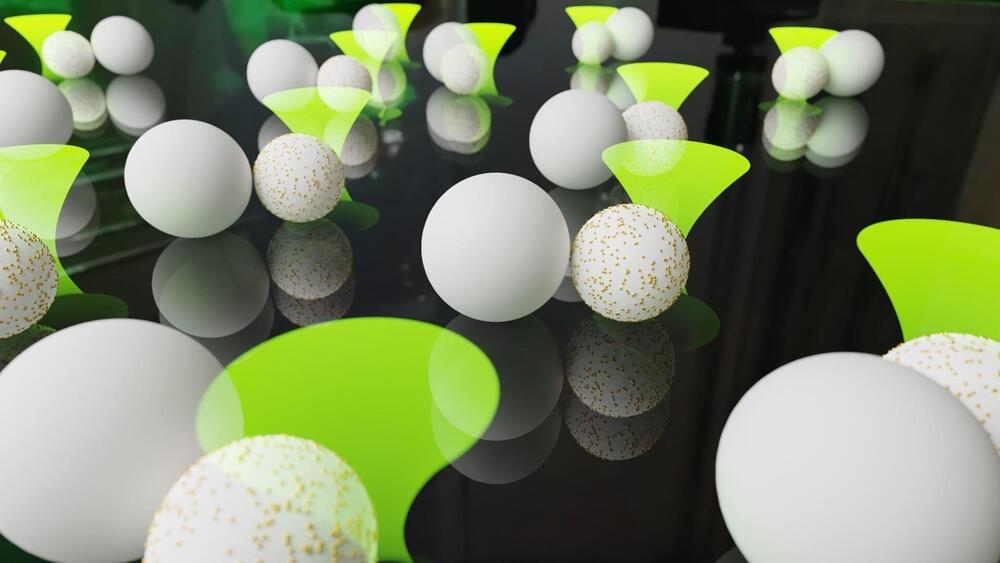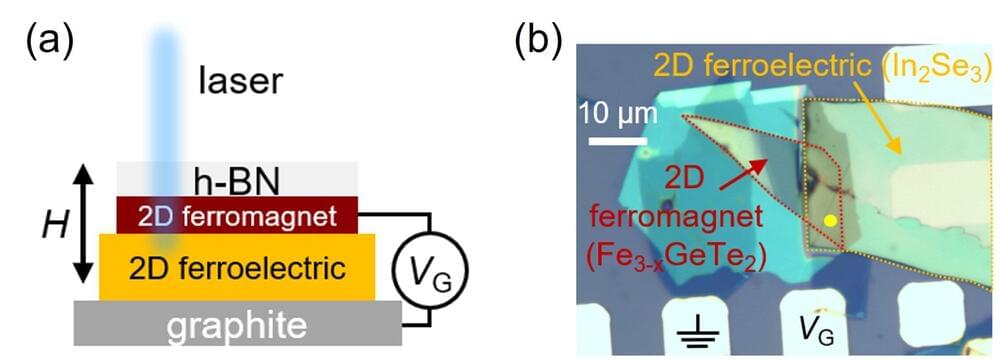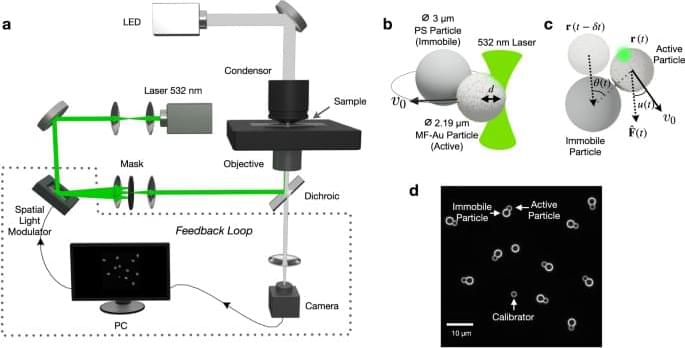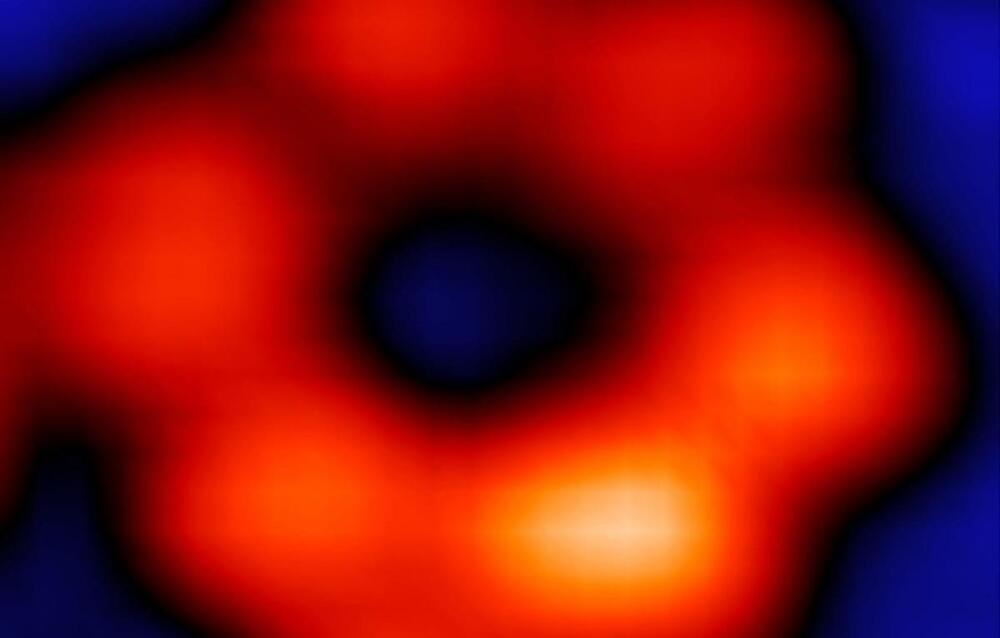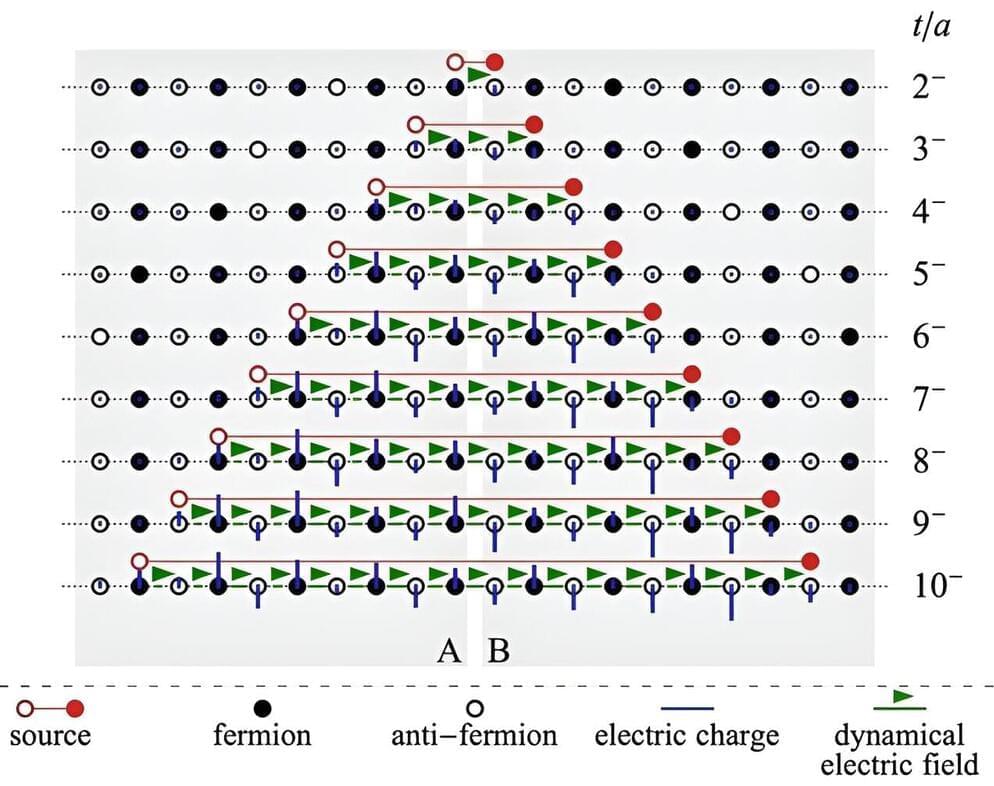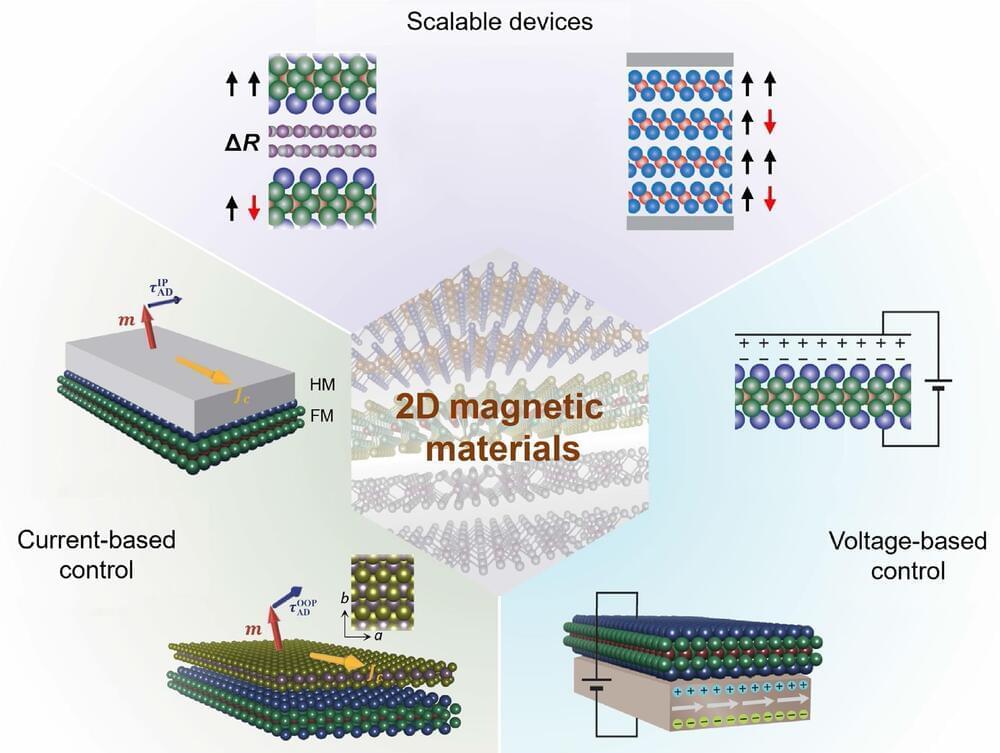Artificial intelligence using neural networks performs calculations digitally with the help of microelectronic chips. Physicists at Leipzig University have now created a type of neural network that works not with electricity but with so-called active colloidal particles. In their publication in Nature Communications, the researchers describe how these microparticles can be used as a physical system for artificial intelligence and the prediction of time series.
“Our neural network belongs to the field of physical reservoir computing, which uses the dynamics of physical processes, such as water surfaces, bacteria or octopus tentacle models, to make calculations,” says Professor Frank Cichos, whose research group developed the network with the support of ScaDS.AI.
“In our realization, we use synthetic self-propelled particles that are only a few micrometers in size,” explains Cichos. “We show that these can be used for calculations and at the same time present a method that suppresses the influence of disruptive effects, such as noise, in the movement of the colloidal particles.” Colloidal particles are particles that are finely dispersed in their dispersion medium (solid, gas or liquid).
